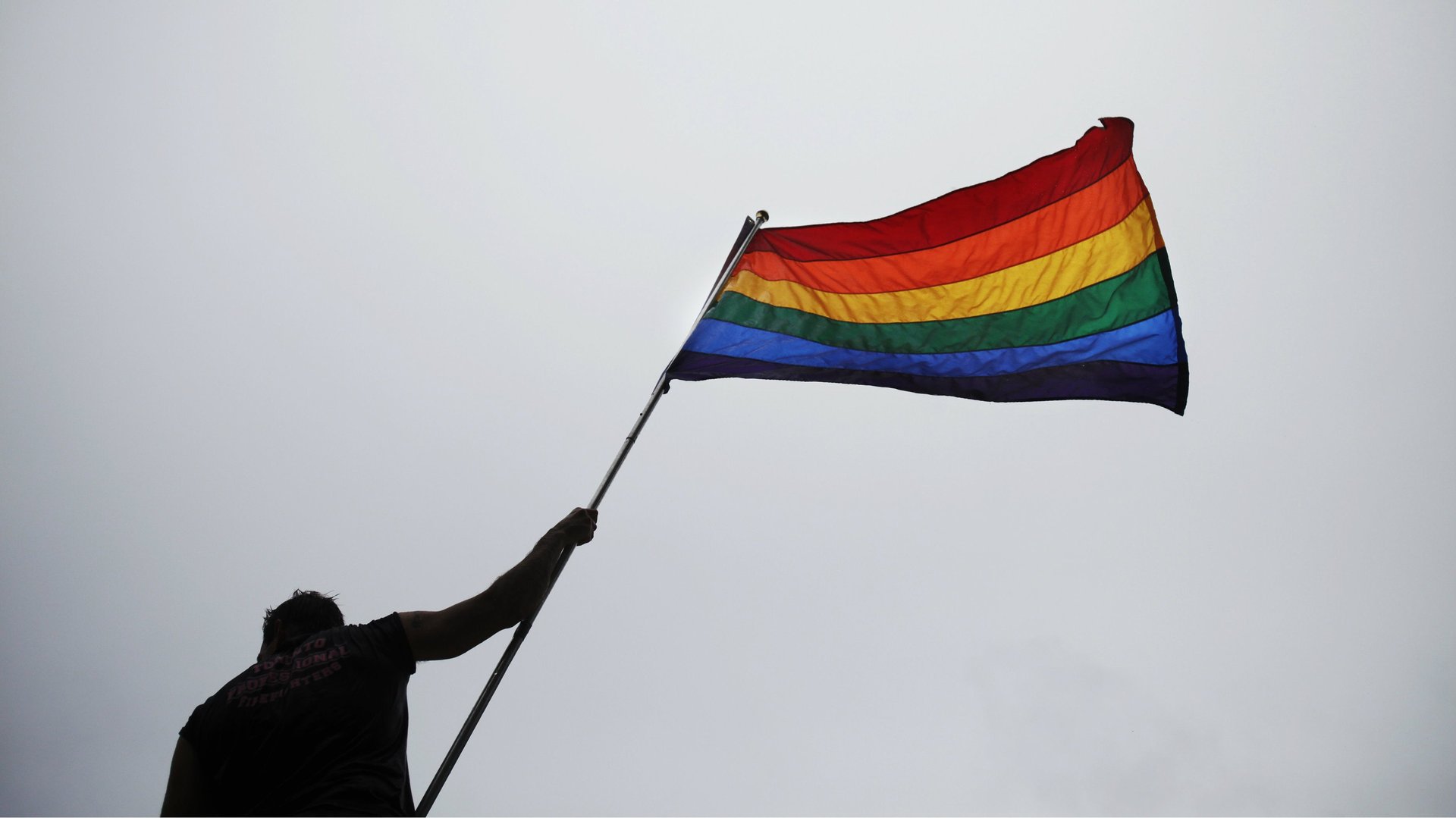Sexuality may not in fact be a continuous spectrum
When the American sexologist Alfred Kinsey published Sexuality in the Human Male in 1948, he declared that the world was not divided “into sheep and goats.” He wrote:


When the American sexologist Alfred Kinsey published Sexuality in the Human Male in 1948, he declared that the world was not divided “into sheep and goats.” He wrote:
“Not all things are black nor all things white… Only the human mind invents categories and tries to force facts into separated pigeonholes. The living world is a continuum in each and every one of its aspects. The sooner we learnt his concerning human sexual behaviour the sooner we shall reach a sound understanding of the realities of sex.”
But contrary to this belief—embraced today more widely than ever—that sexuality is a continuum, a paper recently published in Psychological Science suggests that heterosexuality and homosexuality are distinct categories.
The researchers, led by Alyssa Norris from Washington State University, studied answers from a survey of 33,525 Americans on their sexual identity (“Which of the categories best describes you?”), behavior (“In your lifetime, have you had sex with. . .”), and attraction (“Which category best describes your feelings on sexual attraction to others?”). The researchers then ordered these responses and used taxometric procedures—a form of statistical analysis designed to evaluate whether distribution is along a spectrum or divided into distinct groups—to determine the structure of sexual orientation.
Their conclusion: It is ”not a matter of degree but rather of distinct and meaningful categories,” though women showed “greater sexual fluidity” than men.
One criticism of the study might be that, since the answers are self-reported, people could misrepresent their sexuality (both intentionally and unintentionally). One of the paper’s authors, David Marcus, told Quartz via email that despite this risk, it’s the only way to collect a large enough sample for taxometric analysis. Michael Bailey, a psychology professor at Northwestern University who was not connected to the study, told Quartz that self-reported answers are a valid way of evaluating sexual identity. In any case, other methods, such as measuring genital arousal, are very onerous and so can only be used with small numbers of people.
Though the study suggests homosexuality and heterosexuality are distinct categories, this doesn’t mean they’re the only ones. But whereas height, for example, is a smooth continuum—”There aren’t two categories of tall and short people,” says Bailey—the study suggests bisexual people, among Americans at least, are relatively rare. That is likely to be controversial, though, and may be at odds with other findings suggesting that sexuality is more fluid.
Update: The content and the headline of this post were changed to reflect the fact that the study is not definitive.